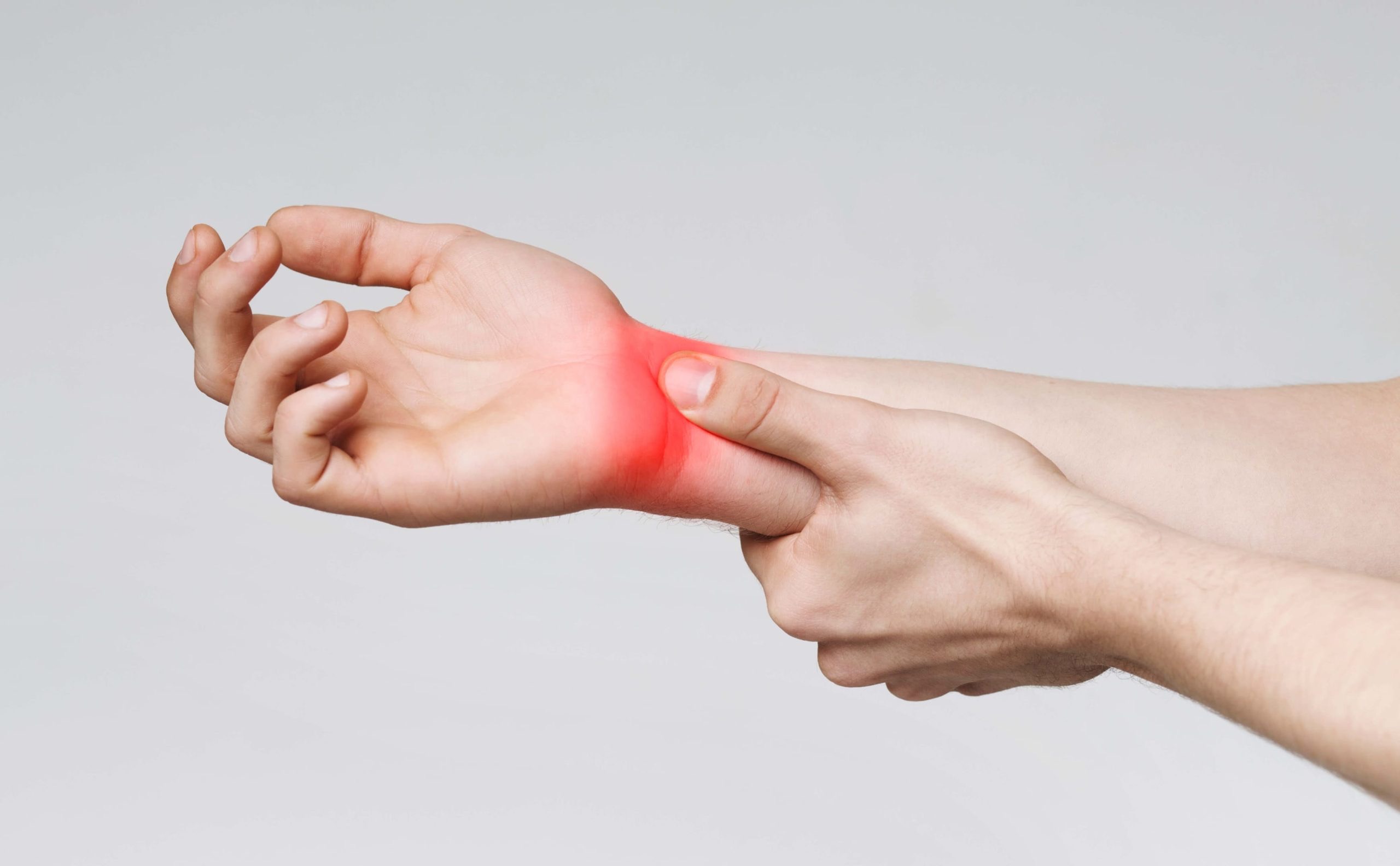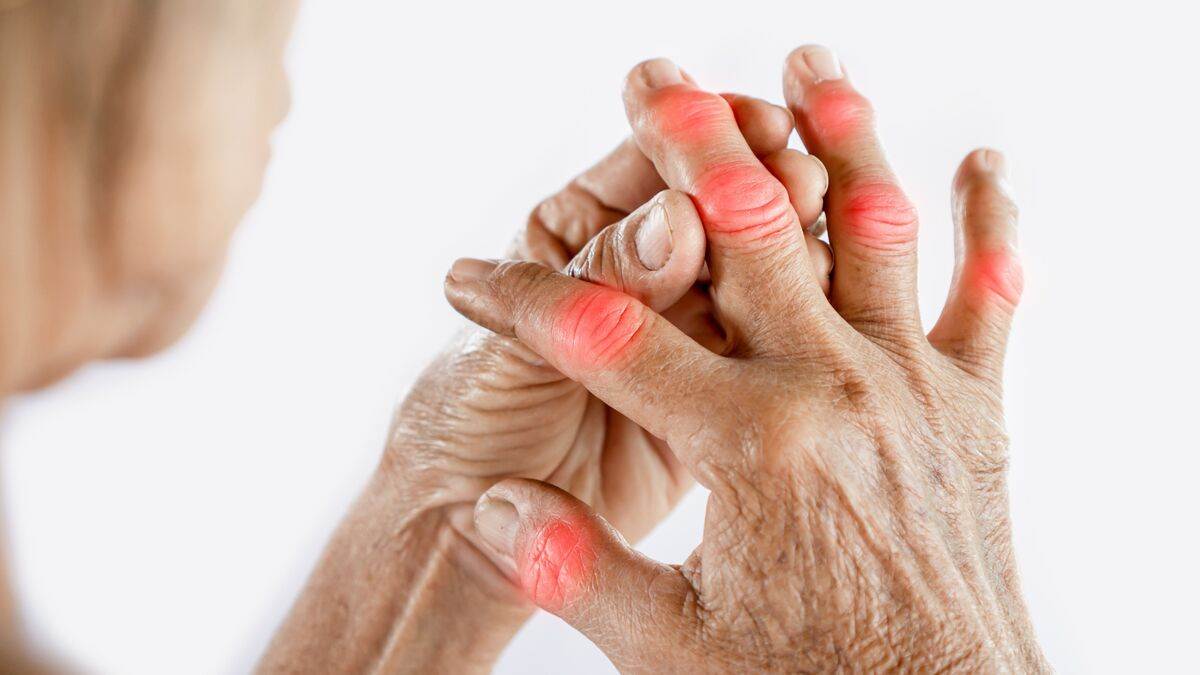
Carpal tunnel syndrome (CTS) is a medical condition that occurs when the median nerve, which runs from the forearm into the hand, becomes compressed or squeezed at the wrist within the carpal tunnel. This can lead to symptoms such as numbness, tingling, weakness, or pain in the hand and fingers. CTS is often caused by repetitive hand movements, injury, or certain medical conditions. Treatment options may include wrist splints, physical therapy, medications, or in severe cases, surgery to relieve pressure on the nerve.

Massage therapy can be a complementary approach to managing carpal tunnel syndrome (CTS) symptoms, but it’s essential to use it in conjunction with other treatments and under the guidance of a trained massage therapist or healthcare professional.
Massage can help relax tight muscles and reduce muscle spasms in the wrist and forearm, which may alleviate some of the pressure on the median nerve. It can enhance blood flow to the affected area, promoting the healing and reducing inflammation, and provide temporary relief from pain and discomfort associated with CTS.
Massage therapy should complement, not replace, other recommended treatments like wrist splints, physical therapy, or medications. Always be aware of how your symptoms respond to massage. If it exacerbates your pain or discomfort, stop immediately and consult your healthcare provider.
Remember that while massage therapy may provide temporary relief, it’s not a standalone treatment for CTS. Always discuss any complementary therapies with your healthcare provider to ensure they are safe and appropriate for your specific condition.




